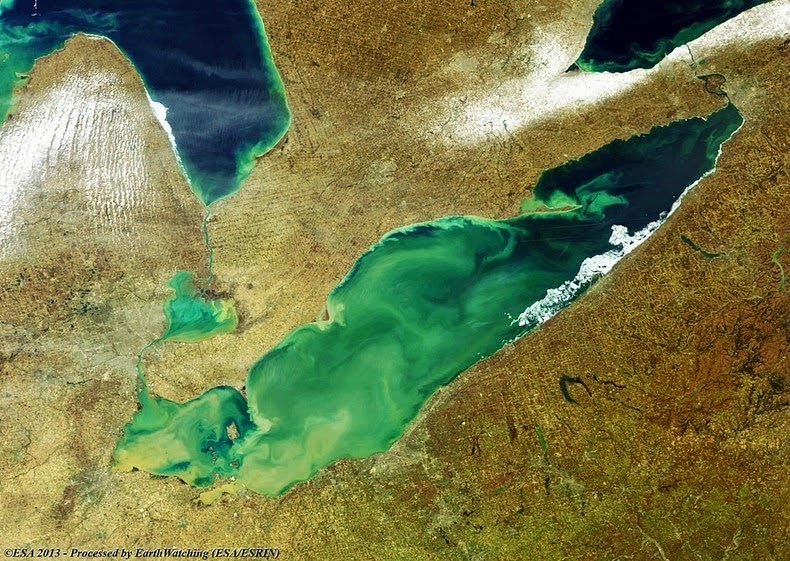Mount John Laurie is a mountain in the Canadian Rockies, officially
named in 1961 and famous as Mount Laurie, or by the Nakoda name name Yamnuska
(unofficial name), or simply Yamnuska which means (wall of stone), and it is
located in the province of Alberta, Canada. The word Yamnuska" is
perceived from the Stoney Nakoda word "Iyamnathka" that describes
steep cliffs or "the flat faced mountain." Actually John John Lee
Laurie, (1899-1959), was an educator and political activist
and a founder of the Indian Association of Alberta.
The Mount Laurie is the most easterly mountain in the valley and
features very steep, often vertical and overhanging south cliff 360 metres in
height and almost two KM in width. The mountain's 1961 renaming came at the
request of the Stoney Nakoda First Nation. Laurie, an educator and political
activist, served as secretary of the Indian Association of Alberta from
(1944-1956), encouraging the causes of Alberta native peoples. Mount Laurie is
standing at about 2,240 meters above sea level, and is the first mountain on
the north side of the Bow River valley (Bow Valley) as it exits the mountains
for the foothills and prairie of Alberta. It is well situated close to Calgary;
and it is a widespread "Great Scramble". It is also very famous for
rock climbing destination, with more than hundreds routes of all difficulty
levels spread out across its face.
Mount John Laurie is the result of the McConnell Thrust Mistake, which
put the resistive, cliff forming Cambrian carbonate rock of the Eldon Formation
on top of the much younger and weaker Cretaceous aged, clastic Belly River
Formation. The error, which sits at the base of the cliff face, represents an
age variance of around 450 million years. The access is to mount Laurie is at
the Highway 1X and Highway 1A (Bow Valley Trail) intersection, travel east for
two kilometers. Turn into the signed parking lot that says "Yamnuska”.
10 other mountain
peaks closest to Mount John Laurie:
1. Mount Yamnuska (2240 meters) 0.0 km
2. Mount Fable (2702 meters) 7.6
km
3. Heart Mountain (2135 meters) 9.2 km
4. Grotto Mountain (2706 meters) 11.4 km
5. Mount Sparrowhawk (3121 meters) 11.5 km
6. Mount Lady MacDonald (2605
meters) 14.0 km
7. Mount Baldy (2192 meters) 15.0
km
8. Squaw's Tit (2514 meters) 15.4
km
9. Mount Charles Stewart (2809
meters) 15.5 km
10. Middle Sister (2769 meters) 17.2
km

































